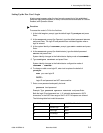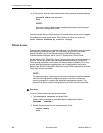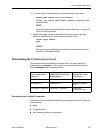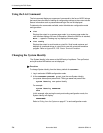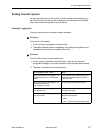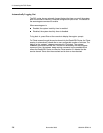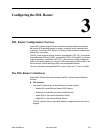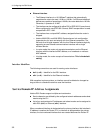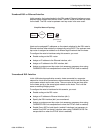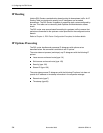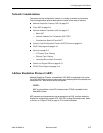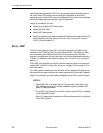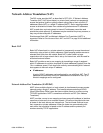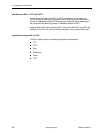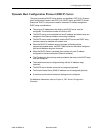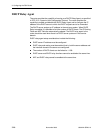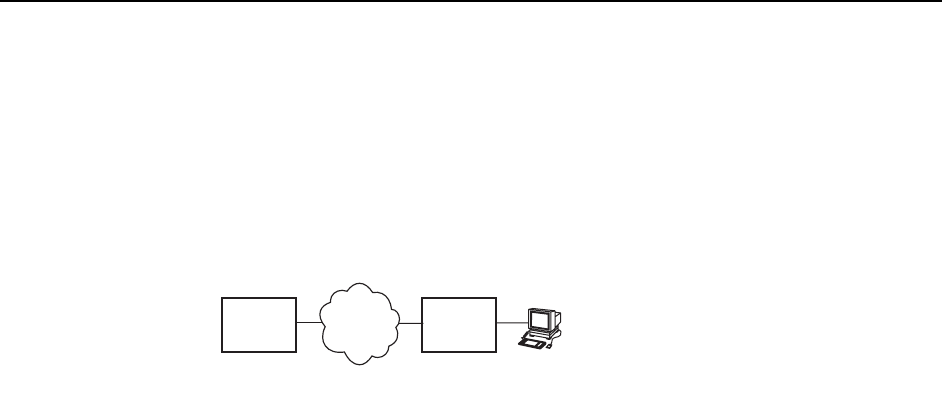
3. Configuring the DSL Router
6300-A2-GB20-10 November 2003
3-3
Numbered DSL or Ethernet Interface
In this scenario, the hosts attached to the DSL router’s Ethernet interface are on a
different logical network than the core router. The DSL router is the next hop router
for the hosts. The DSL router’s upstream next hop router is the core router.
Hosts can be assigned IP addresses on the network attached to the DSL router’s
Ethernet interface either statically or dynamically using DHCP. The upstream next
hop router is assigned an address on a different logical network than the hosts.
To configure the router’s interfaces using this scenario, you must:
Enable routing on the DSL router.
Assign an IP address to the Ethernet interface, eth1.
Assign an IP address to the DSL interface, dsl1.
Assign an upstream next hop router (not necessary necessary when using
FUNI/MPOA DSL link encapsulation or when the PPPoE client is enabled).
Unnumbered DSL Interface
In this LAN extension application scenario, hosts connected to a corporate
network for virtual office connections or telecommuters want to look like they are
on the same network as the core router. The core router is the next hop router
for the hosts and is on the same logical network as the hosts. This is not the
same as enabling Bridging mode.
To configure the router’s interfaces for this scenario, you must:
Enable routing on the DSL router.
Assign an IP address to Ethernet interface (eth1).
Specify the DSL interface (dsl1) as unnumbered.
Assign an upstream next hop router (not necessary necessary when using
FUNI/MPOA DSL link encapsulation or when the PPPoE client is enabled).
Enable Proxy ARP for both the eth1 and dsl1 interfaces (not necessary to
enable Proxy ARP on the dsl1 interface when using FUNI/MPOA DSL link
encapsulation or when the PPPoE client is enabled).
99-16609
DSL
Router
WAN
Core
Router
Host
(End Users)
Simplified Network Topology



